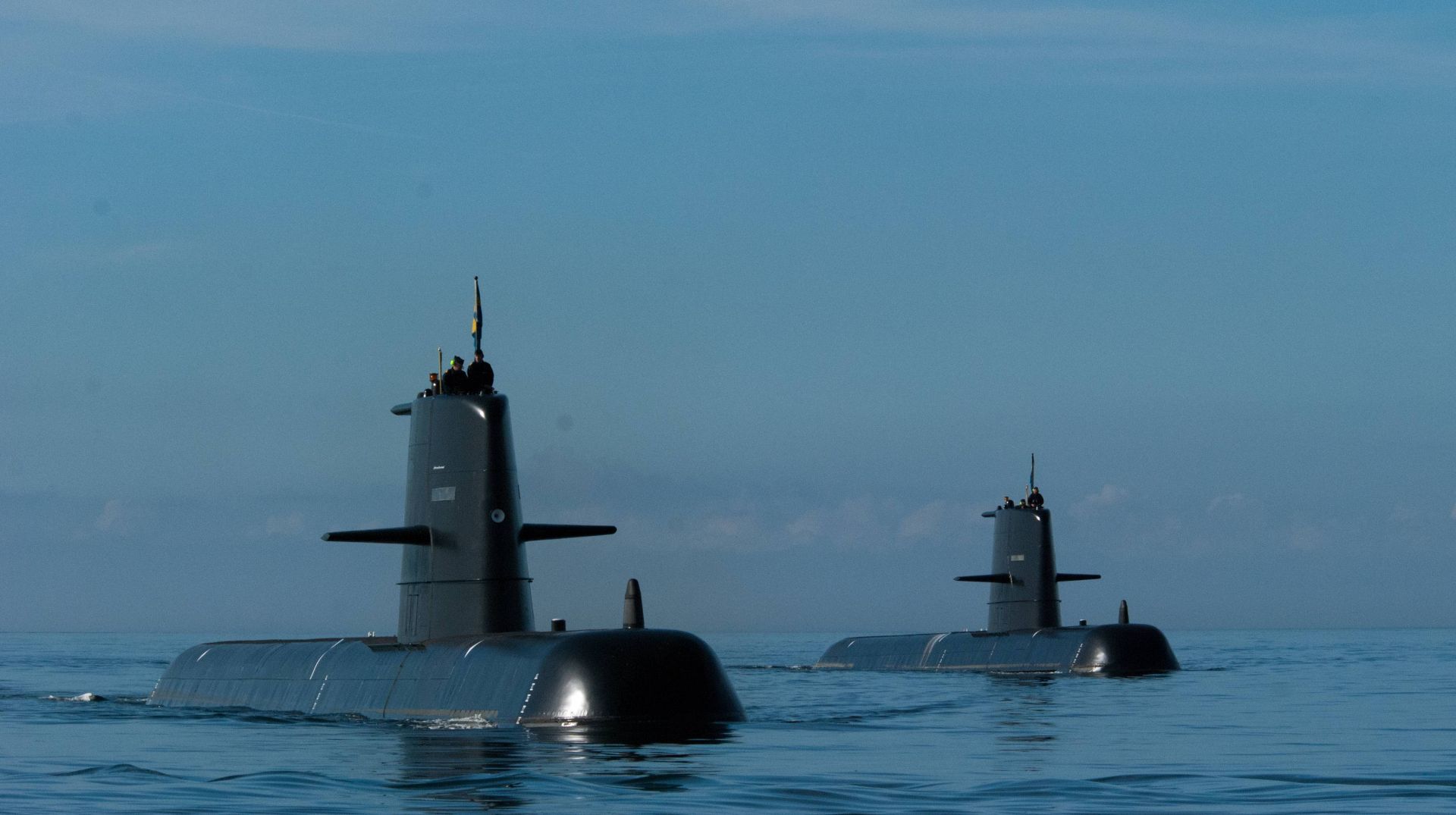Gliding stealthily through the ocean depths, attack submarines quietly shadow their quarry, ready to strike with torpedoes or missiles.
Somewhat neglected after the Cold War, they are now making a serious comeback around the world.
Militaries in Asia, Russia and the United States are aggressively stepping up the development, acquisition and deployment of the undersea craft.
That’s because they have realized that even the best surface vessels and warplanes are vulnerable to anti-ship or anti-aircraft missiles, says Bryan Clark of Washington’s Center for Strategic and Budgetary Assessments, an independent think-tank.
“So they are shifting to more undersea capabilities to do some of the offensive operations that they want to carry out,” he said.
Nowhere is the trend more marked than in Asia, prompted by China’s rapidly expanding military might.
Beijing has established a range of maritime defense capabilities and highly sophisticated anti-aircraft systems that prevent enemy vessels from nearing its coast.
China has also worked hard to build a fleet of attack submarines, and now boasts 50 diesel and five nuclear attack subs.
Australia signed a contract this year to buy 12 submarines, non-nuclear versions of the French Barracuda attack vessel.
Vietnam has taken delivery of the fifth of six submarines it bought from Russia. Japan is expected to increase its fleet from 18 to 22 diesel subs by 2018. And India, Indonesia and Malaysia are all developing their own underwater capabilities.
The US Navy is paying close attention — and looking at its own fleet.
Admiral Harry Harris, who heads the Pacific Command, has warned about China’s military buildup in the South China Sea, saying the United States needs more attack subs in the region.
And General Philip Breedlove, former head of the US European Command, sounded similar warnings about Russia’s renewed attention to submarines under President Vladimir Putin.
In addition to providing a key military capability, submarines also act as intelligence gatherers, compiling data on enemy fleets and even monitoring what’s happening on land.
The United States uses its undersea craft to monitor North Korea, China and Russia, experts say.
During wartime, submarines can cripple entire enemy fleets, while those equipped with cruise missiles can lurk off coasts and attack targets on land.
Underwater drones
Submarines have played roles in some of the more visible recent military operations.
The USS Florida fired 90 Tomahawk cruise missiles into Libya in 2011 to destroy the country’s air defenses at the start of the campaign to oust the dictator Moamer Kadhafi.
More recently, Russia unleashed a series of cruise missiles in December at Syrian targets from a conventionally powered sub in the Mediterranean.
Aware of the stakes, the US Navy plans to halt the decline of its own fleet of nuclear attack submarines.
The fleet has dwindled to 53 from 100 or so in the 1980s and will shrink to only around 40 in 2029 if nothing is done.
The Navy is now considering whether to continue building two nuclear submarines per year instead of a planned drop to one a year in 2021.
Despite the decline in sub numbers, the United States continues to lead technologically, ensuring its vessels can keep an edge.
The Navy will equip its existing nuclear fleet of Virginia-class subs with a special new module from 2019 to enable the launch and recovery of underwater drones, which are expected to play important roles in future maritime warfare.
“Submarines will become more like a little aircraft carrier, carrying different combinations of missiles and underwater drones,” Clark said.
“It will be much more about payload carrying than being the tactical platform like a fighter airplane.”
Drones may lead attack and reconnaissance missions, as they will be able to sneak up on foes closer than their motherships.
In July 2015, the USS North Dakota successfully launched and retrieved unmanned underwater vehicles in the Mediterranean.
Most of the drones the Navy has been developing are roughly the size of a torpedo and can travel for just one day, Clark says.
They can “do surveillance or go try to attack if they want to.”
However, the Navy is also working on two bigger drone programs.
One is for a large-diameter vehicle around 25 feet (7.5 meters) long and 21 inches (53 centimeters) wide, Clark says. “It can go out for a month.”










